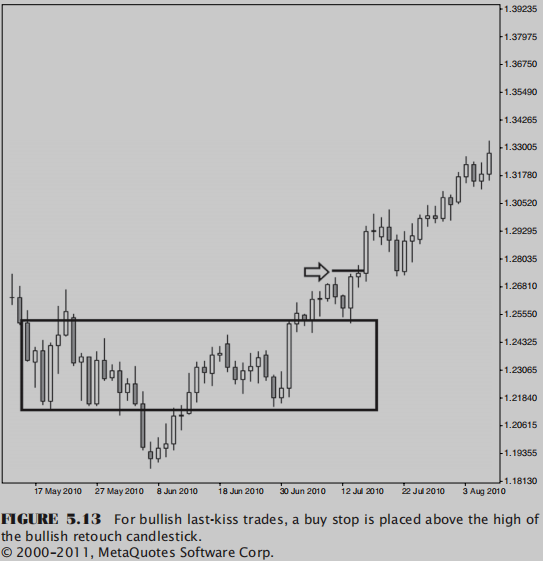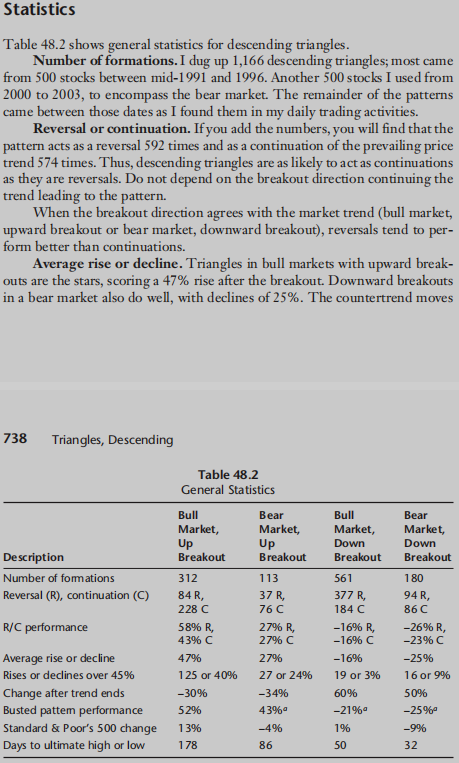A trade that has been a thorn in my side the last few days was EUR/CHF.
I had a D1 signal twice. And I got stopped out each time.
I contemplated doing it a third time. I wasn’t sure about because fear was stopping me. I was scared to lose money, and I was scared to be wrong again.
But I remember the lesson I learned from my recent EUR/USD trade. I regretted it big time. I ended up opening a EUR/USD trade by the way, but it was late and with less than 25% of the profit. Anyway…
I opened the EUR/USD trade again. For the 3rd time. We’ll see how that goes.
I have a few channel trades going. They’re around the half way mark, and I’m learning that even though I want to move my SL, and add to my position, I can’t. In a channel, anything can happen.
Moving my SL to the halfway point, and I add to my position, if price starts reversing, then I’m stuck. Either I can just get stopped out and let go of the potential profit to be had by allowing price to reach the other end of the channel, or move my SL farther and farther back and expose myself to more and more risk.
Or, I could just leave my SL at BE, and let the trade run its course. If I get in early enough, I’ll add to the position. I haven’t done this perfectly yet, but I’m getting better. I’m seeing trades earlier.
By the way, I started reviewing my (monthly) M1 charts. After reviewing the EUR/CHF on M1, I realized that I probably made a mistake talking that long trade.
But I was already in it, and I also had to leave. I’ll find out tomorrow morning how it went.
For the past few months I’ve been trading very small positions. I’ve caught some very nice trades, but I’m still losing. I’m learning which trades to avoid, and I’m trading less of those, recently—the kinds of trades where there are two possible S/R lines.








